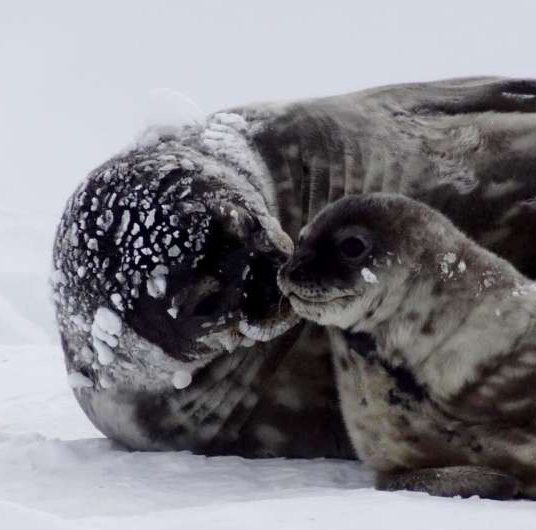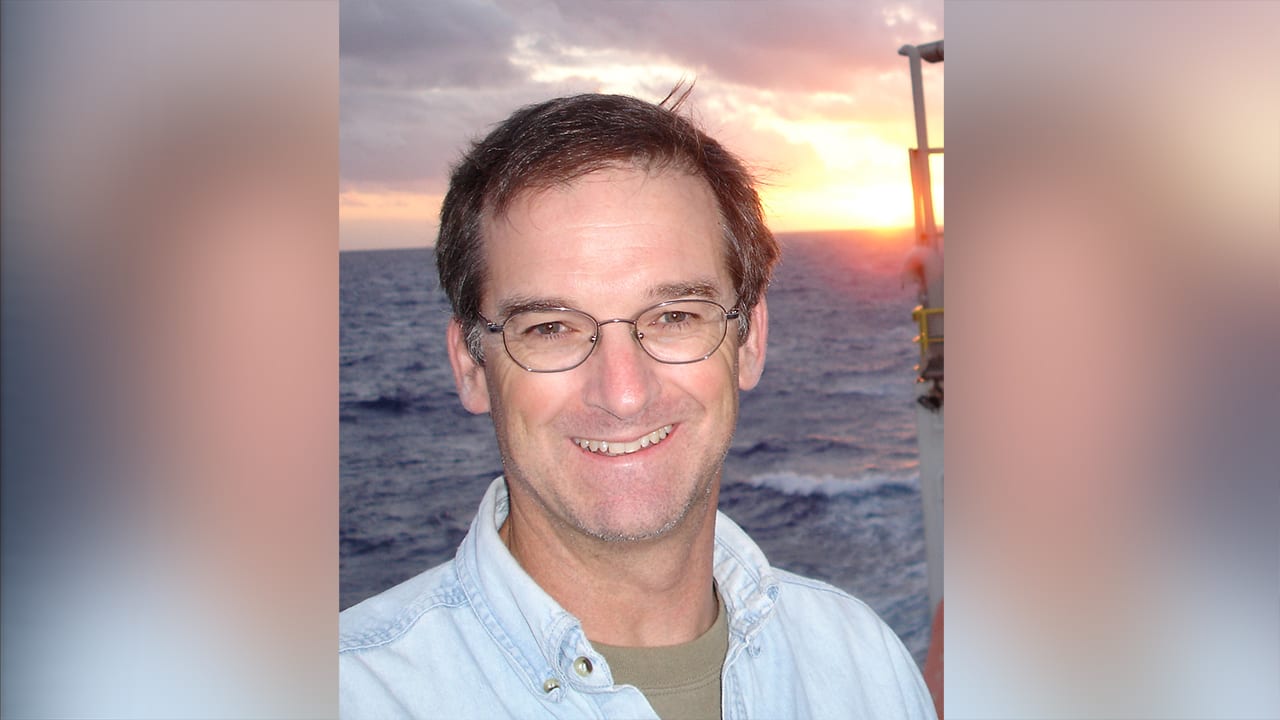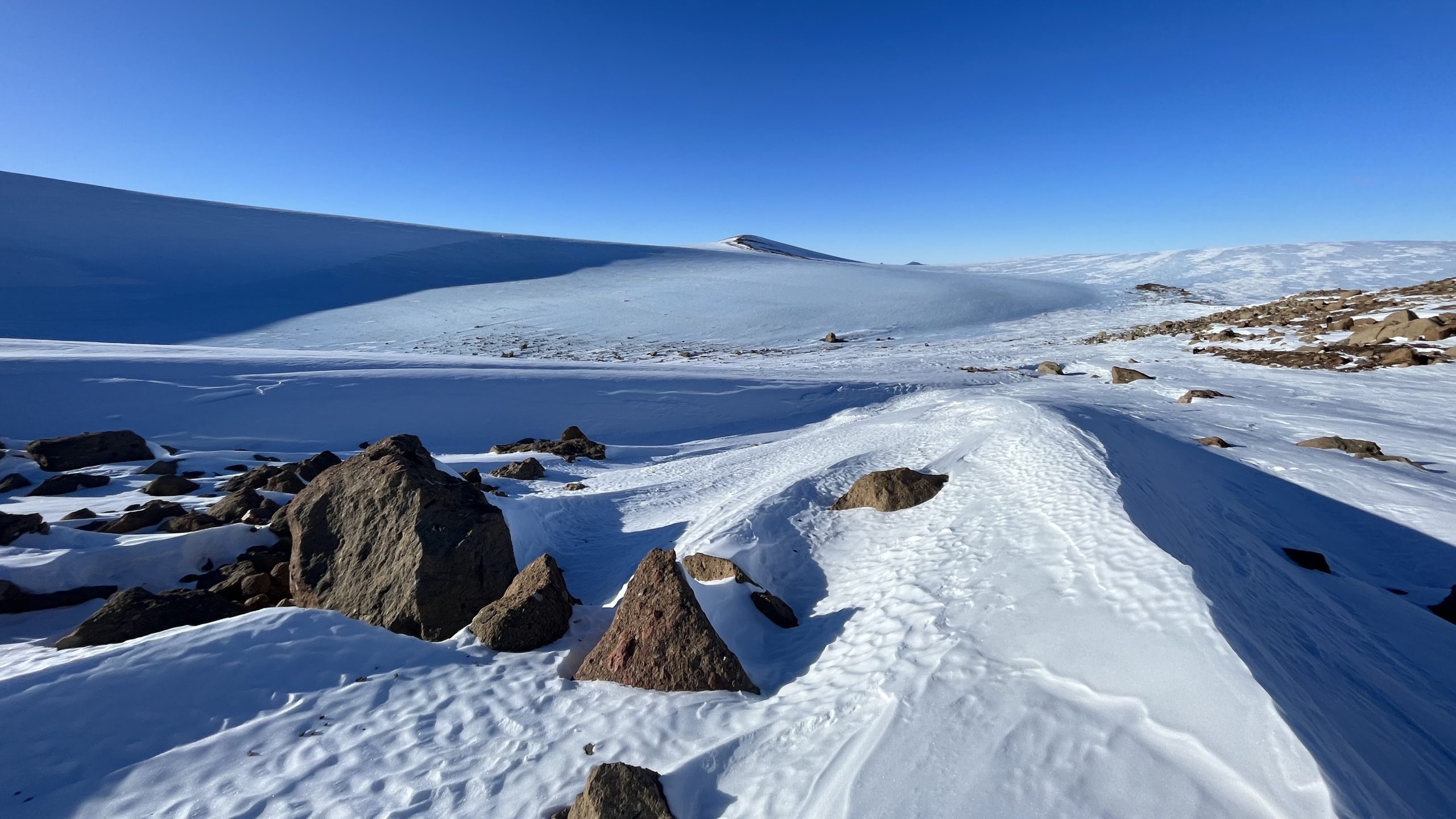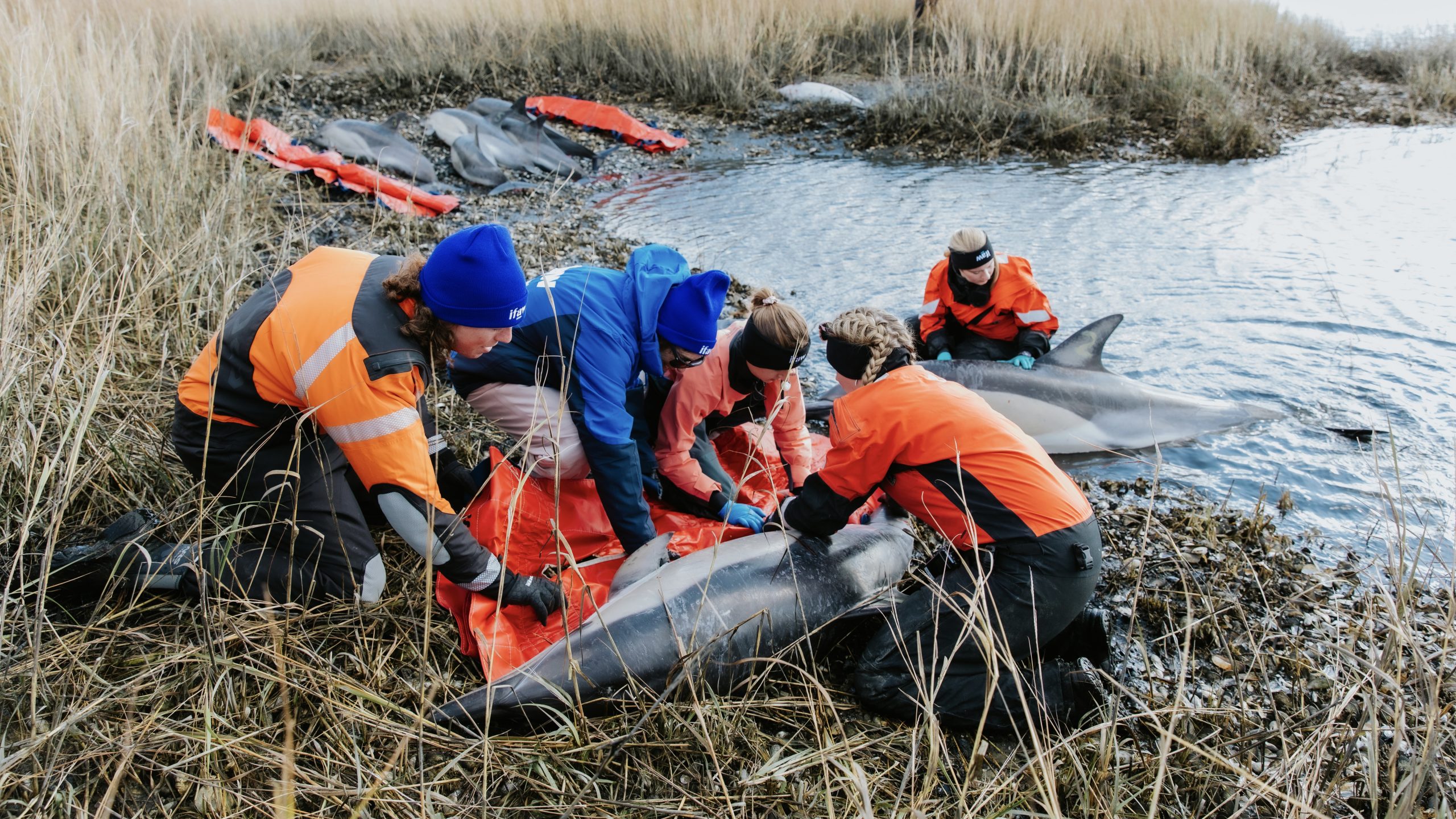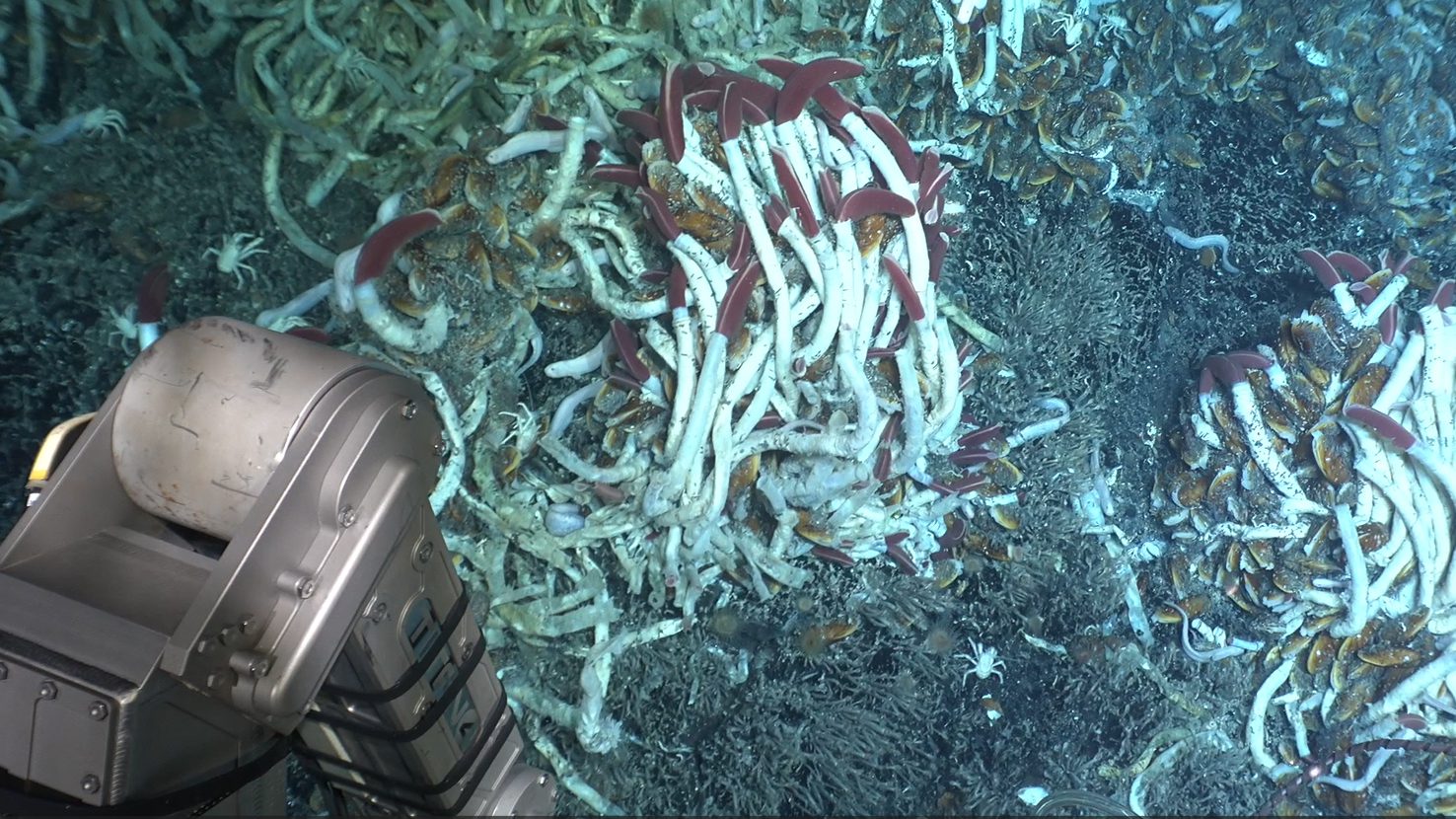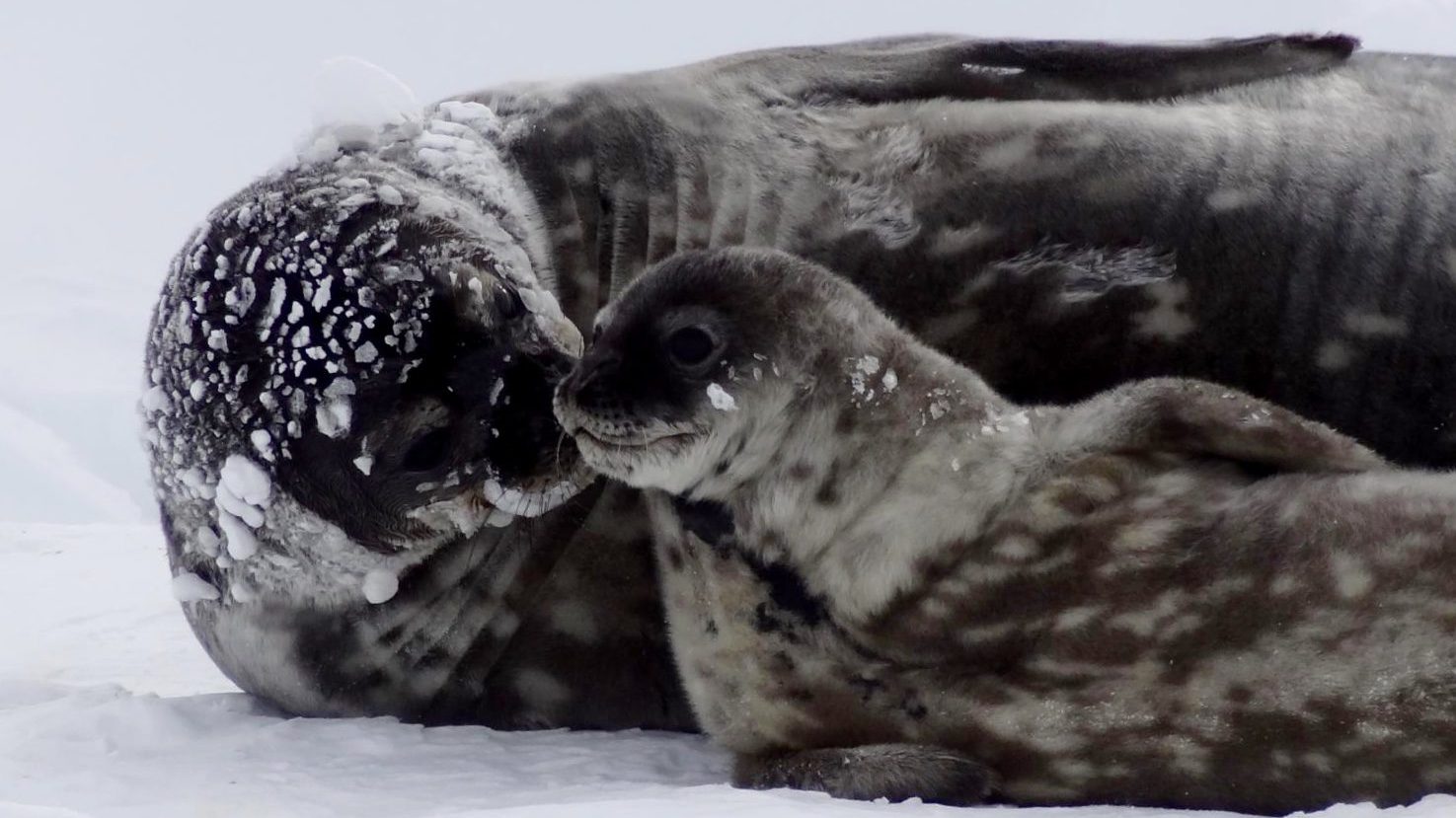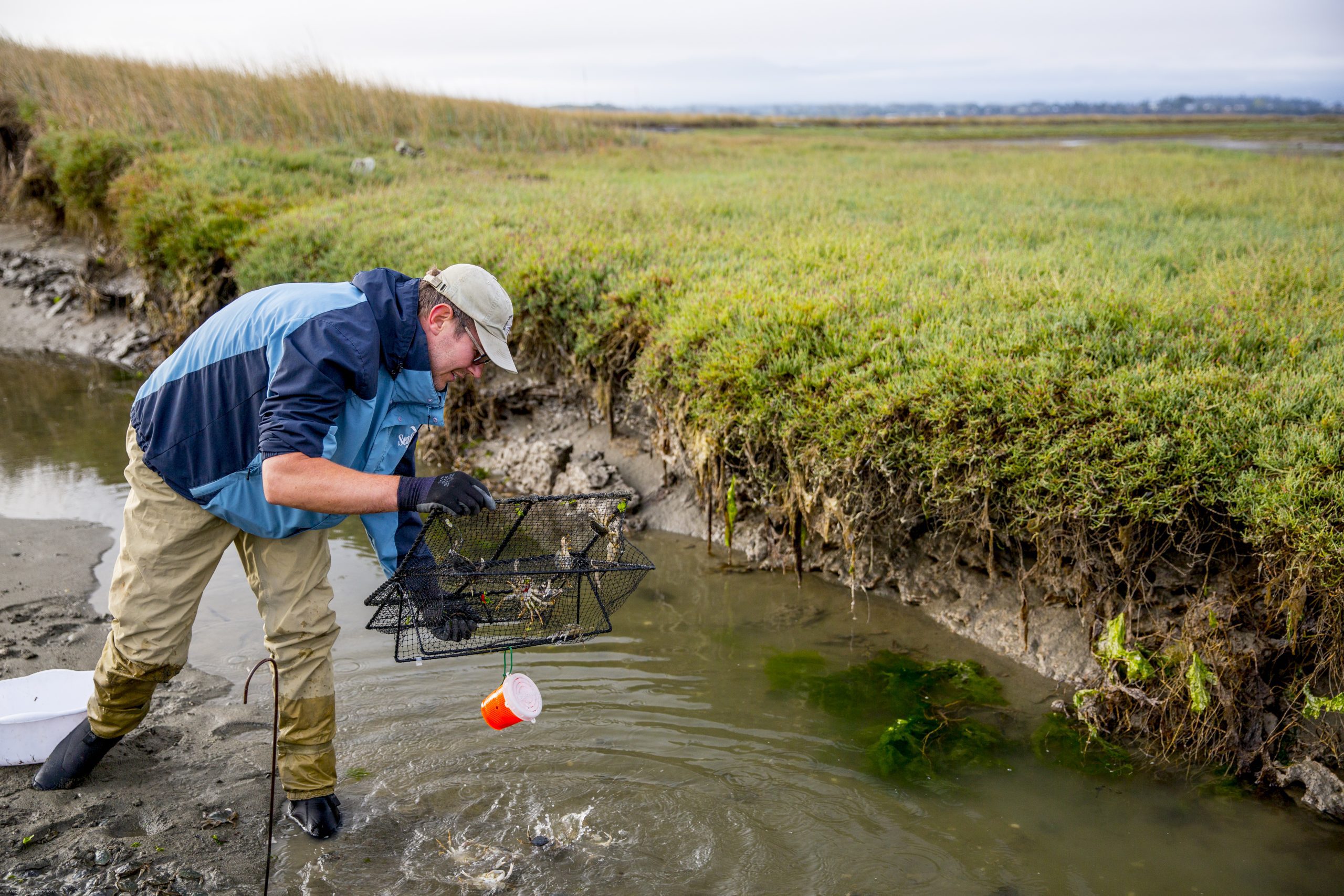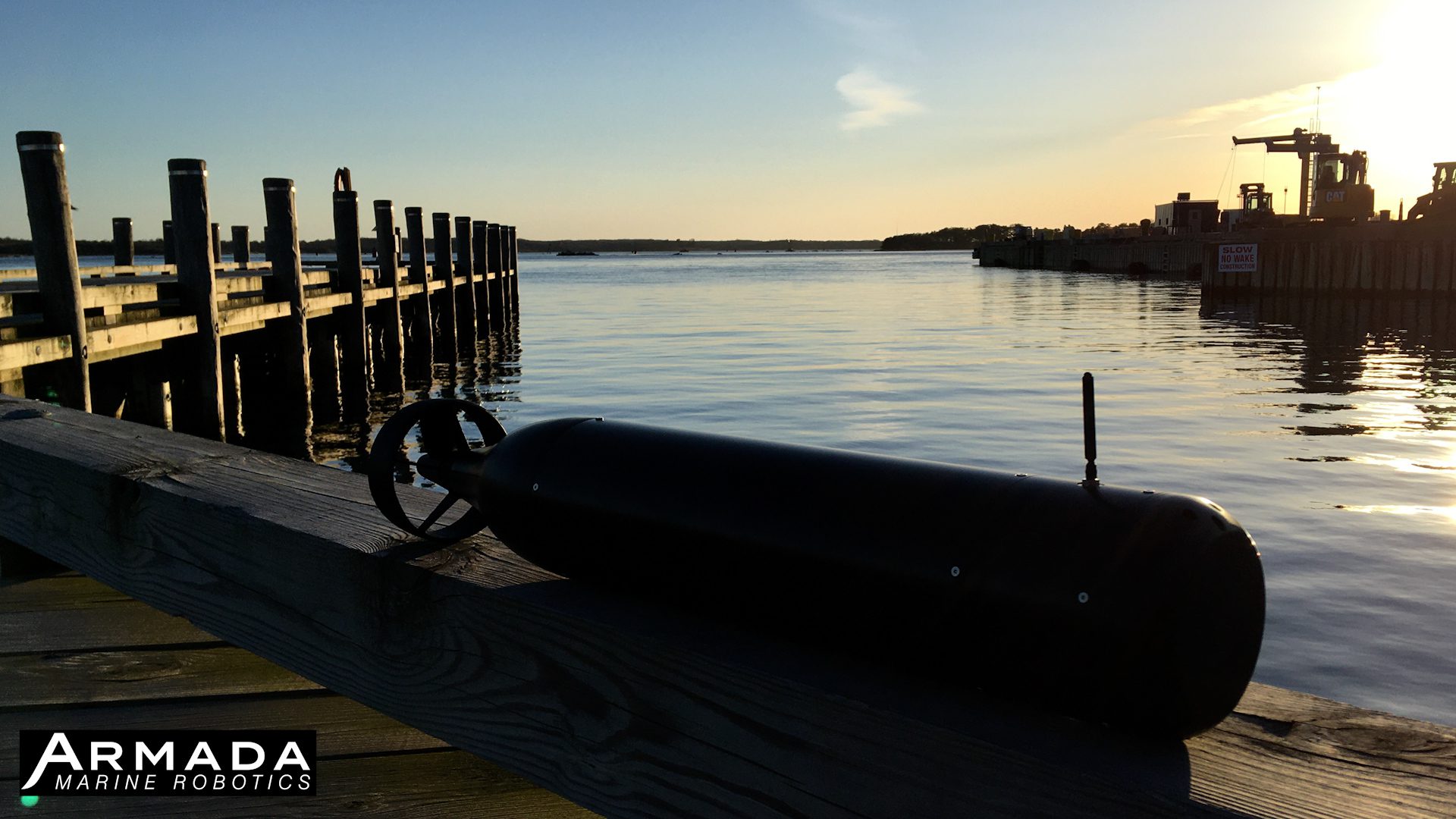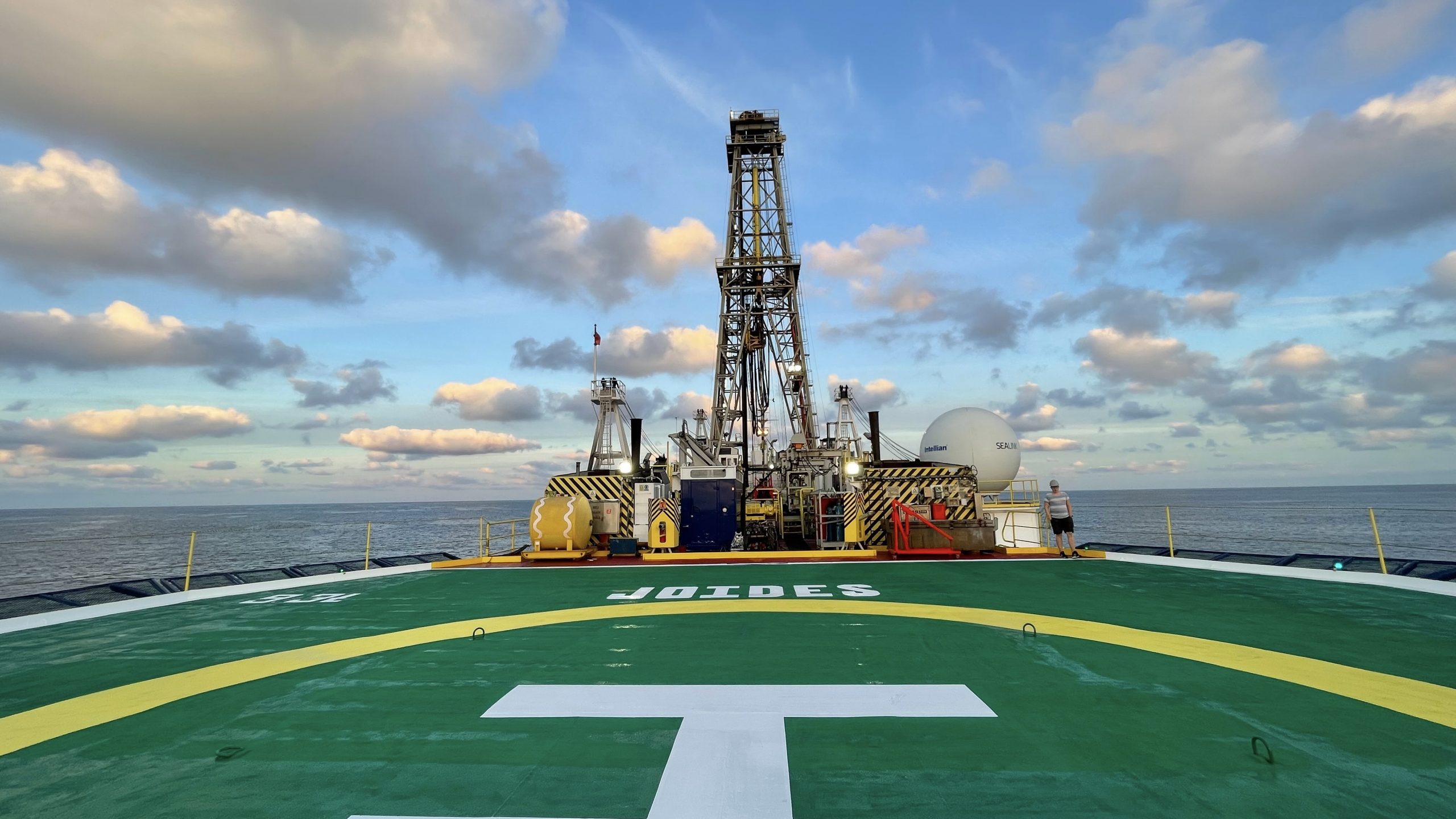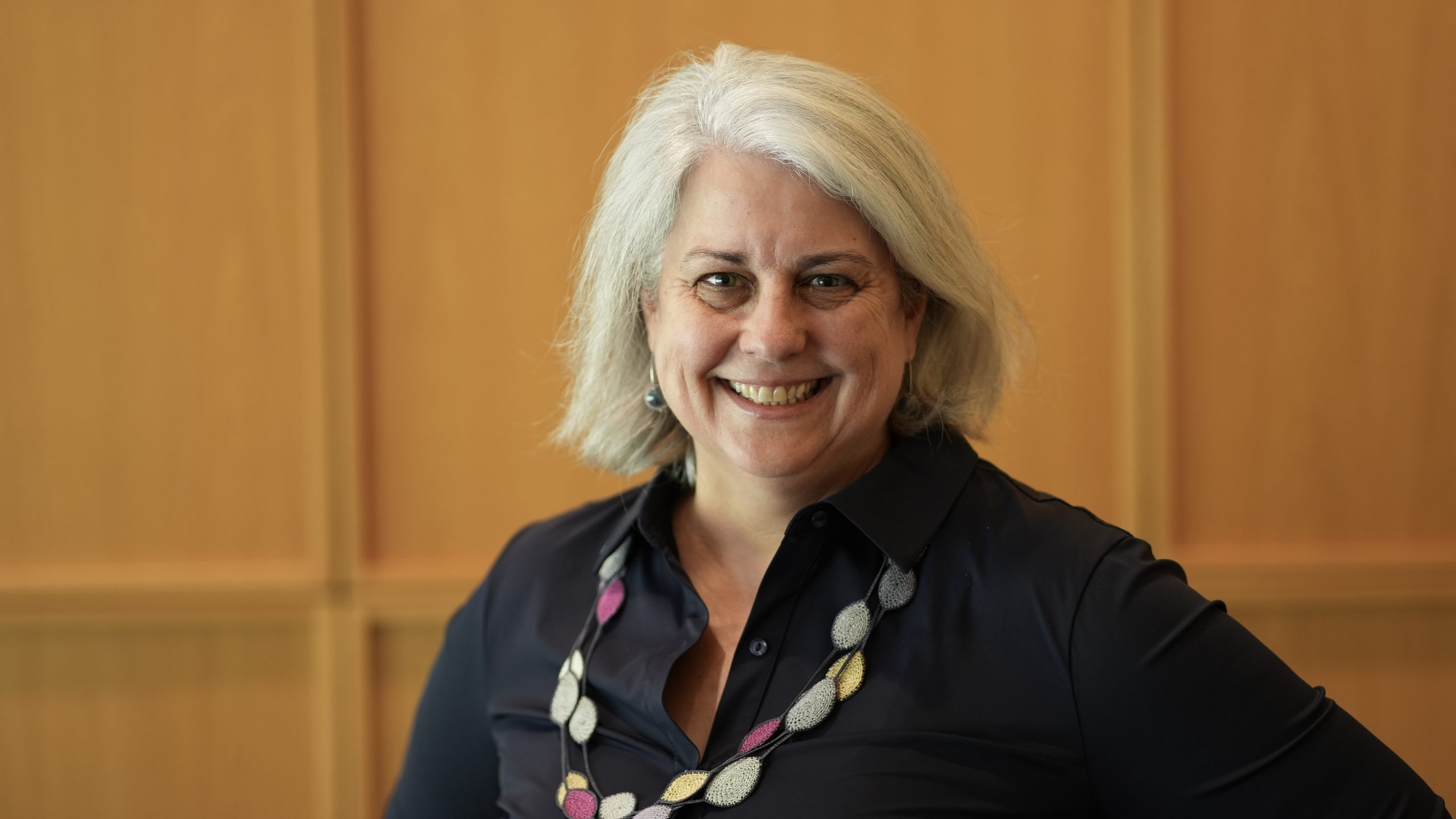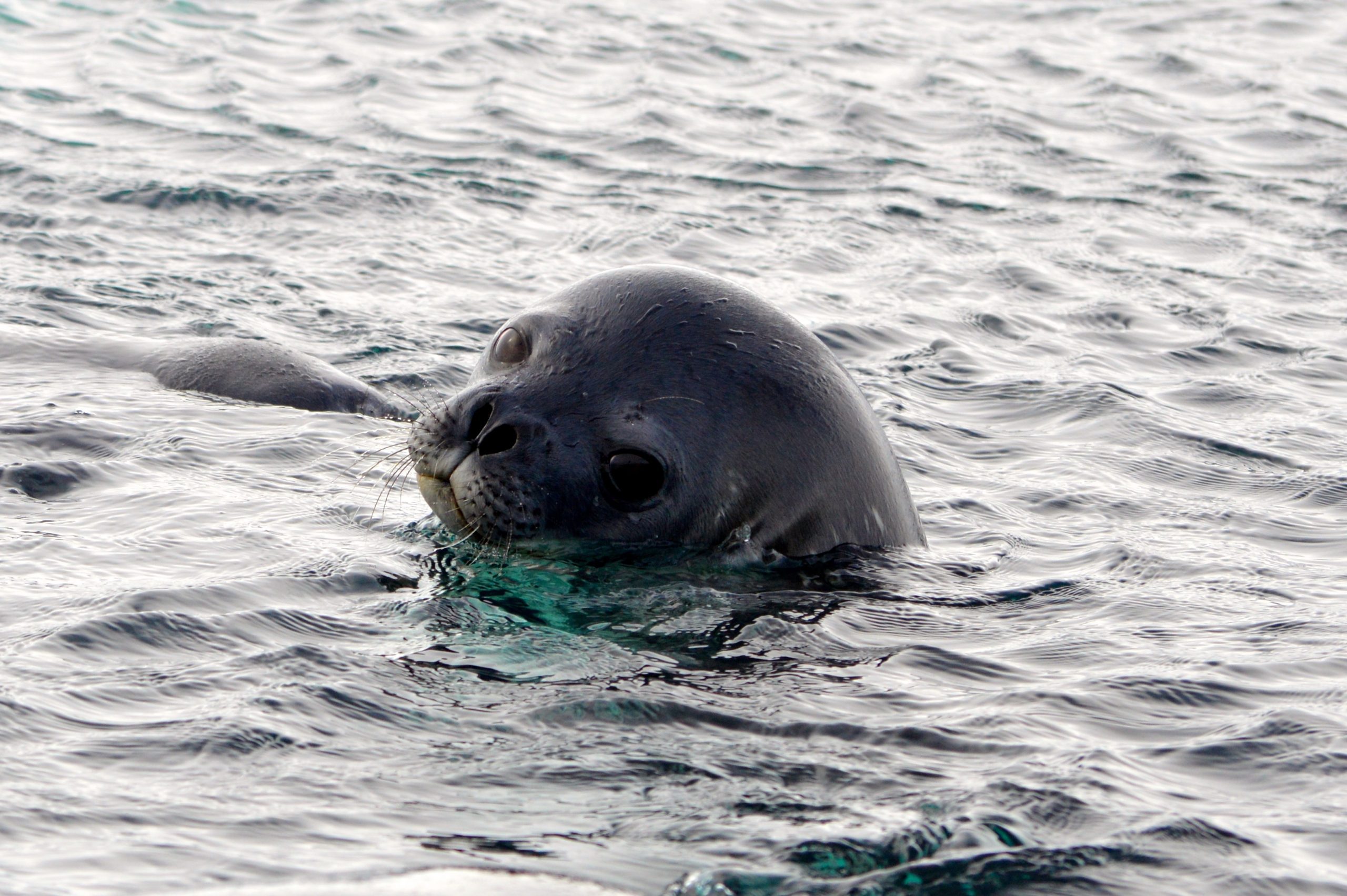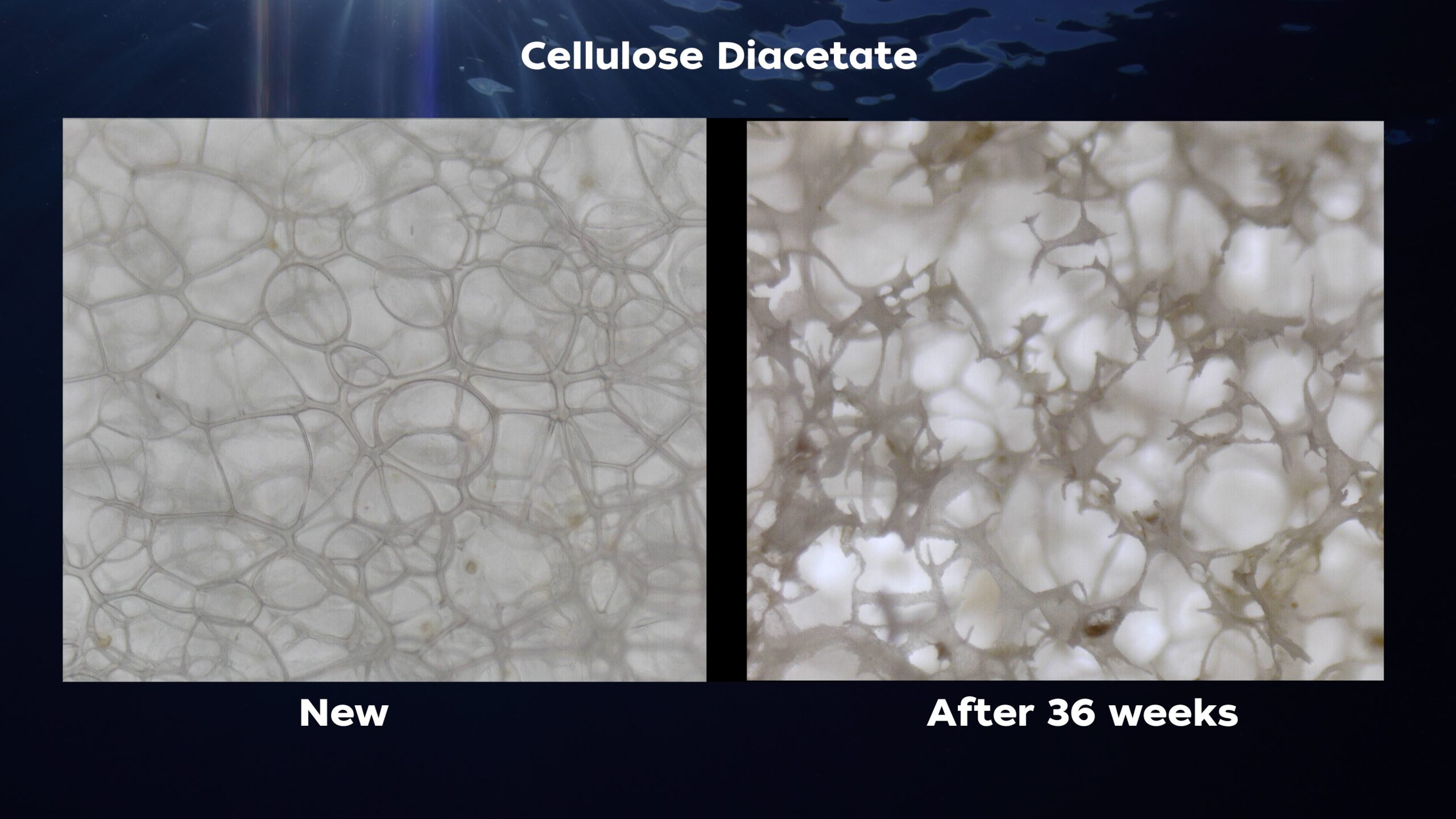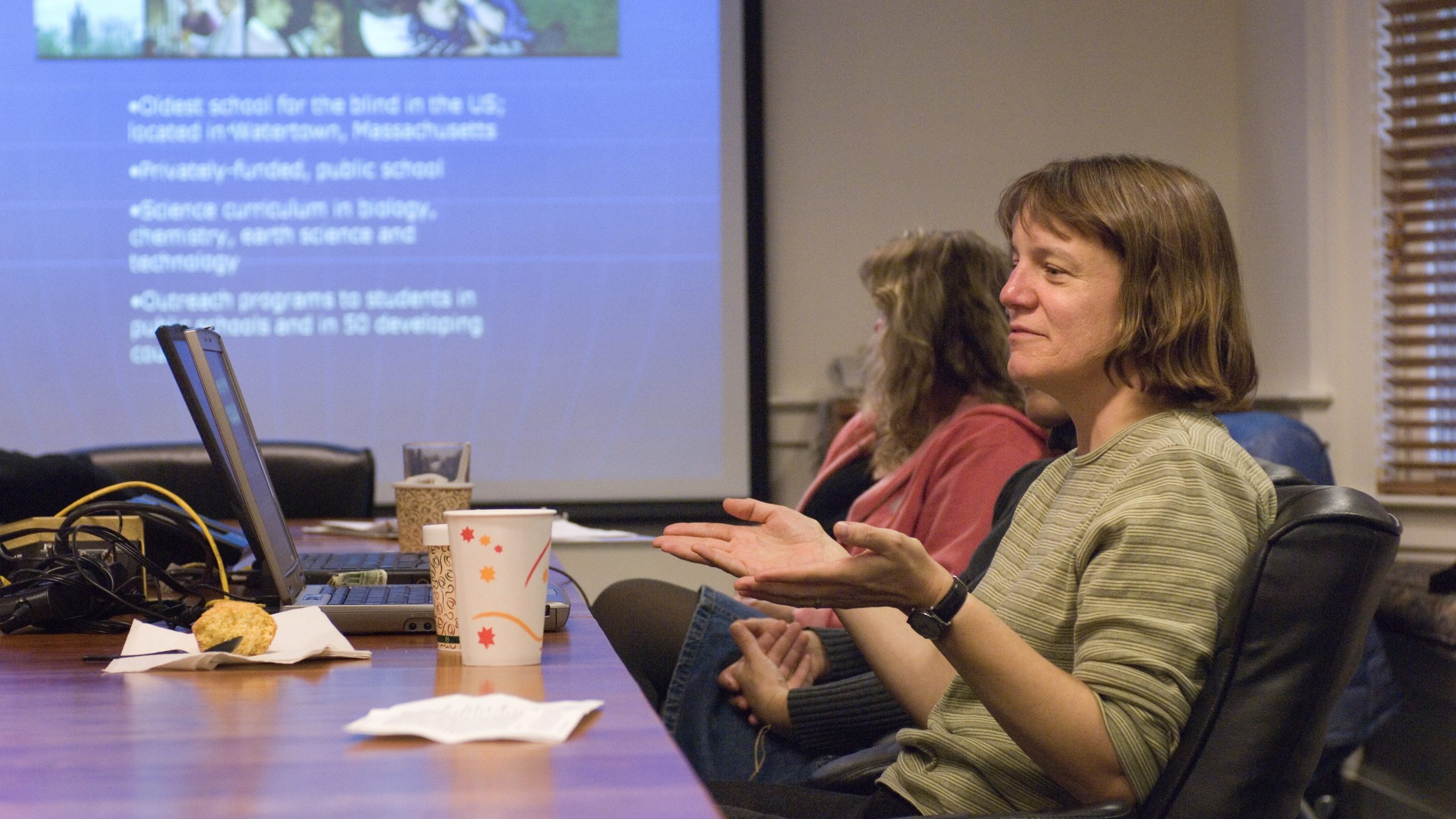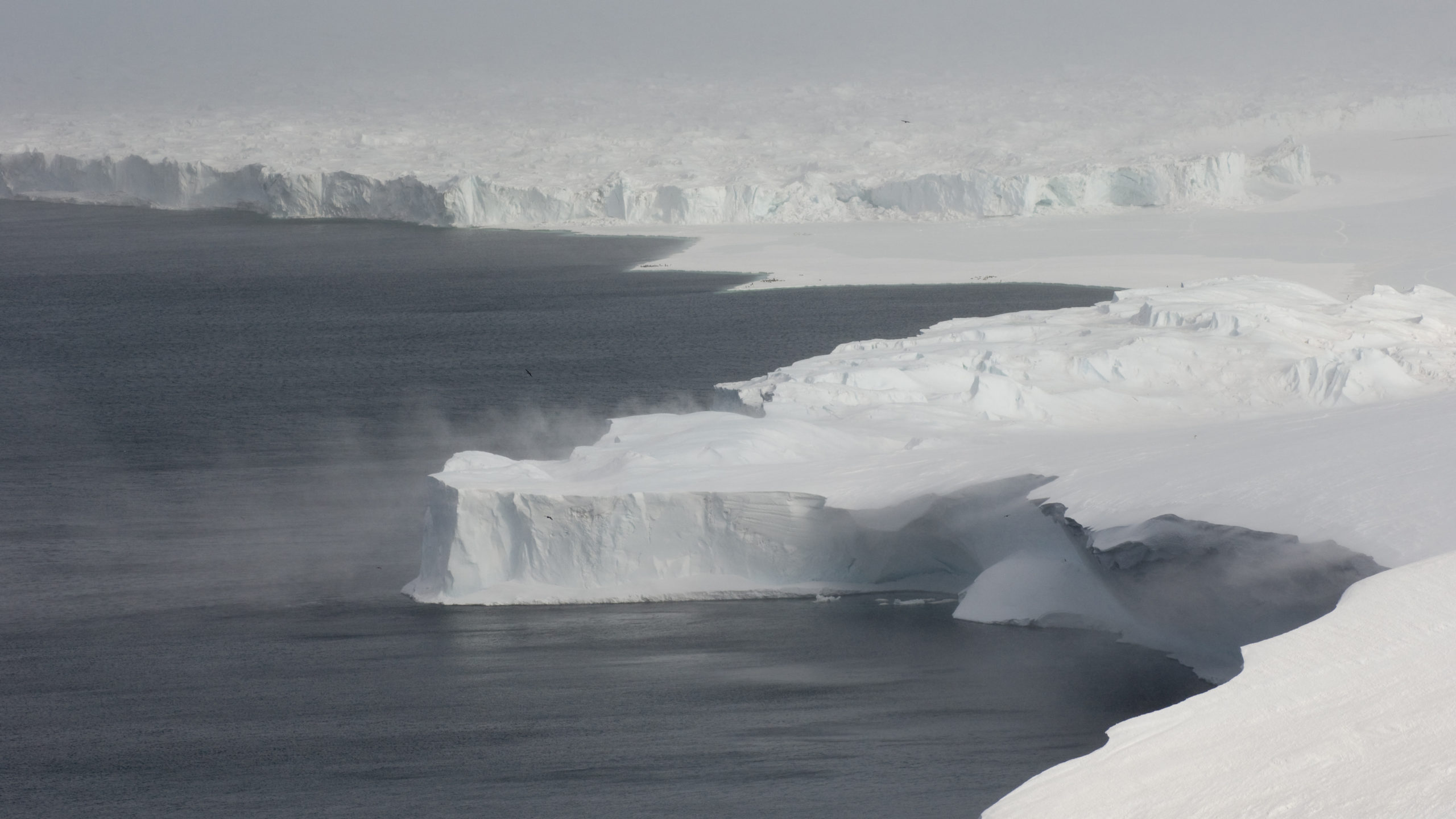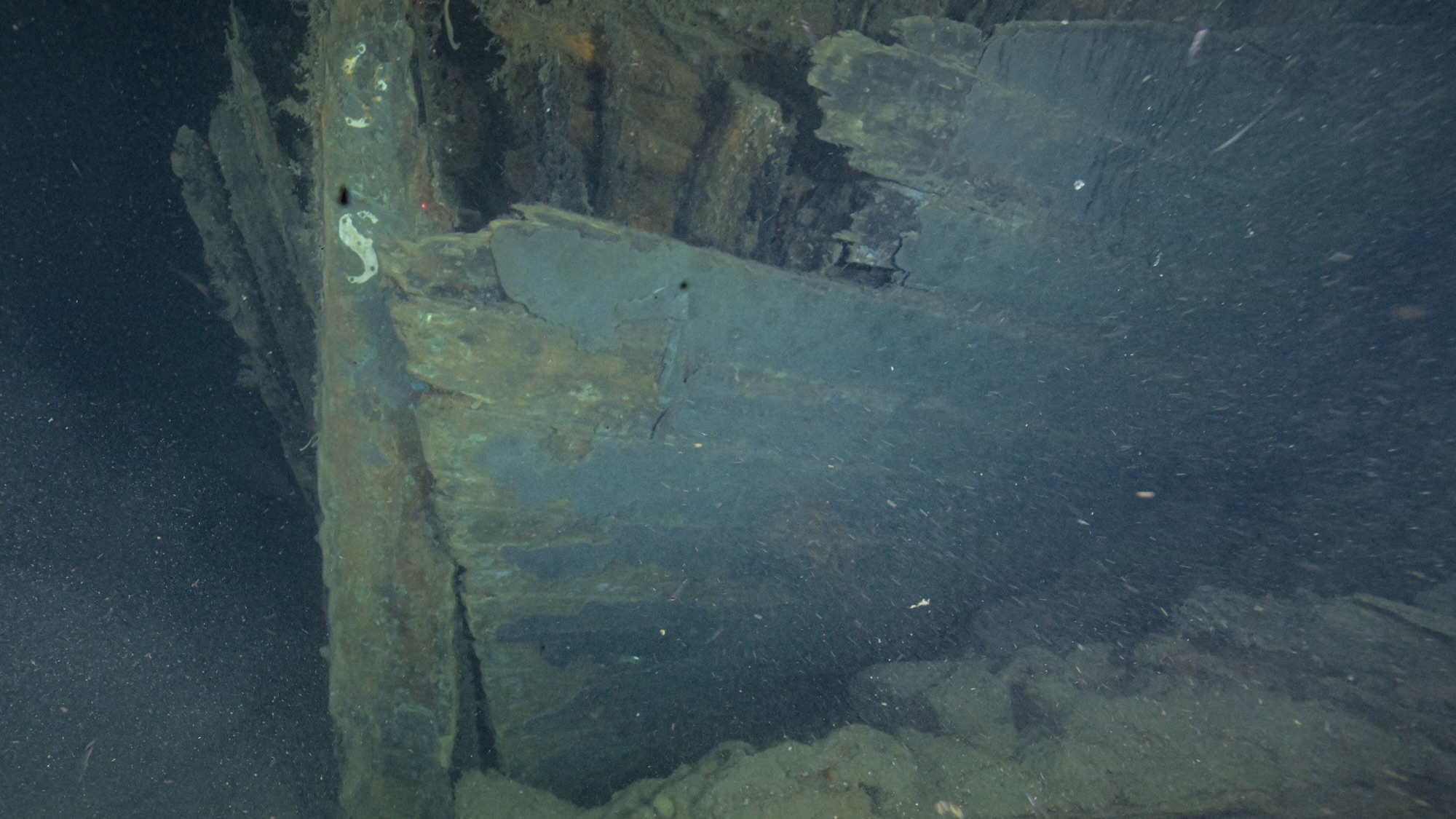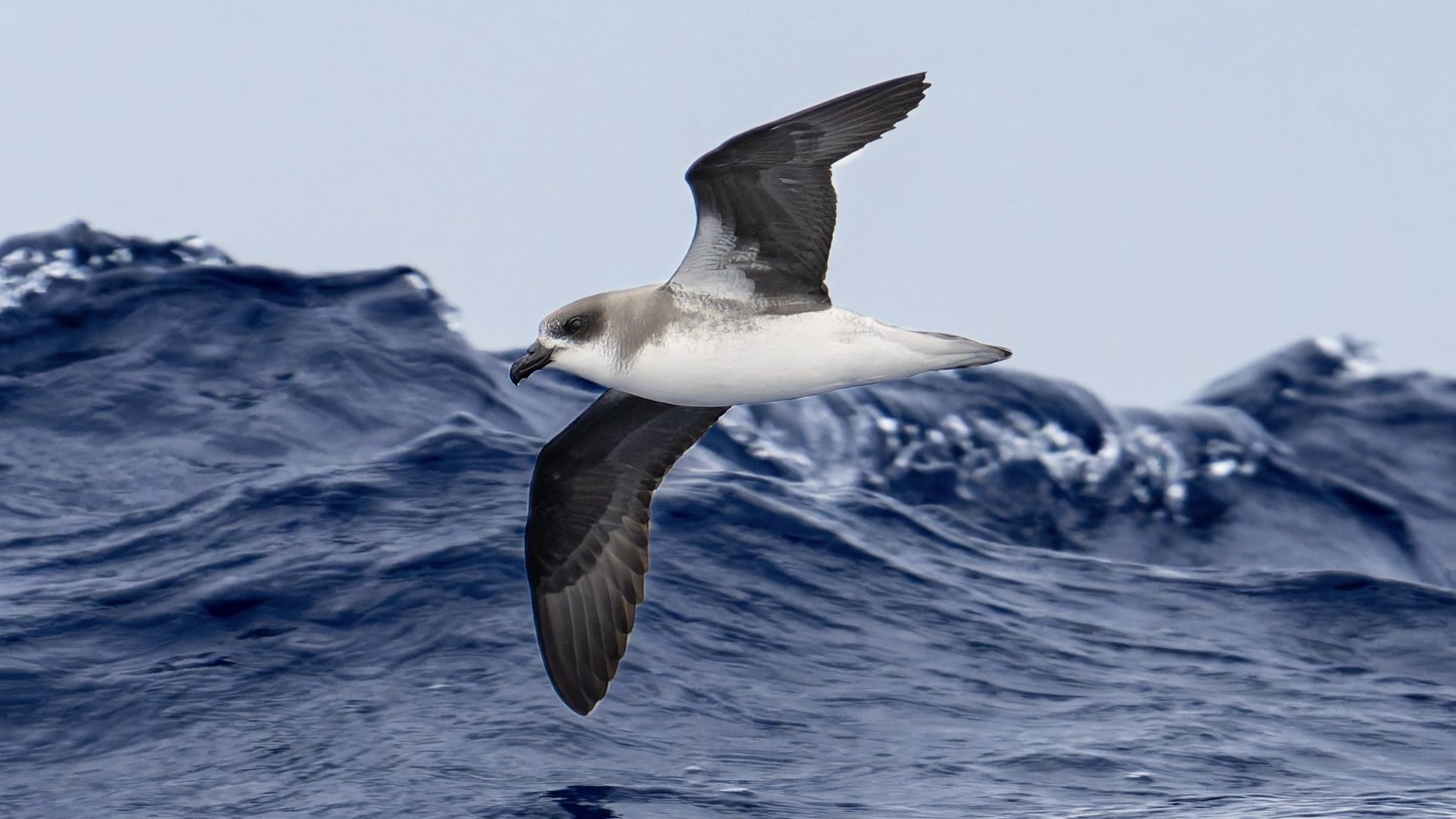News Releases
Underwater Robot Sheds New Light on Antarctic Sea Ice
The first detailed, high-resolution 3-D maps of Antarctic sea ice have been developed using an underwater robot. Scientists from the UK, USA and Australia say the new technology provides accurate ice thickness measurements from areas that were previously too difficult to access.
Read MoreMelting Sea Ice Threatens Emperor Penguins, Study Finds
At nearly four feet tall, the Emperor penguin is Antarctica’s largest sea bird—and thanks to films like “March of the Penguins” and “Happy Feet,” it’s also one of the continent’s…
Read MoreWalrus Calves Stranded by Melting Sea Ice
Scientists have reported an unprecedented number of unaccompanied and possibly abandoned walrus calves in the Arctic Ocean, where melting sea ice may be forcing mothers to abandon their pups as…
Read MoreWeddell seal moms sacrifice to provide for their pups
Seal mothers dramatically limit diving and foraging while lactating to provide more iron to their young
Read MoreWHOI Names Rick Murray Deputy Director & Vice President for Research
The Woods Hole Oceanographic Institution (WHOI) announces that Dr. Richard W. Murray has accepted the position of the Deputy Director & Vice President for Research of the institution. He will assume…
Read MoreHeat Release from Stagnant Deep Sea Helped End Last Ice Age
The build-up and subsequent release of warm, stagnant water from the deep Arctic Ocean and Nordic Seas played a role in ending the last Ice Age within the Arctic region, according to new research led by an international team of scientists.
The study, published today in Science, examines how the circulation of the combined Arctic Ocean and Nordic Seas – called the Arctic Mediterranean – changed since the end of the last Ice Age (~20,000-30,000 years ago). The results highlight the important impact that changes in ocean circulation can have on climate.
Read MoreResearchers Setting Up Observatories to Examine Arctic Changes from Under the Ice
Researchers from the Woods Hole Oceanographic Institution (WHOI) are venturing this month to the North Pole to deploy instruments that will make year-round observations of the water beneath the Arctic…
Read MoreTwo WHOI Scientists Honored by Office of Naval Research
Assistant Scientists Christopher Reddy and Steven Jayne of the Woods Hole Oceanographic Institution (WHOI) have been honored as 2003 Young Investigators by the Office of Naval Research (ONR).
Read MoreU.S. Postal Service Issues Deep Sea Creatures Stamps
Alien life in the deep sea will soon be affixed to first class mail across the nation as the U.S. Postal Service issues five 33-cent commemorative stamps of deep-sea creatures this month. Three of the stamps are based on photographs taken by Woods Hole Oceanographic Institution Biologist Laurence Madin. The stamps go on sale at post offices nationwide tomorrow. A ceremony is planned at the Woods Hole Post Office at 11 a.m. October 3 to mark the occasion.
Read MoreSix-million-year-old ice discovered in Antarctica offers unprecedented window into a warmer Earth
This is the most significant discovery to date for COLDEX, an NSF Science and Technology Center funded in 2021 to explore the Antarctic ice sheet, which is the largest ice mass on the planet.
Read MoreFor developing countries, seafood imports are a nutritional bargain
Developing countries pay less for the nutrition in seafood imports than developed countries
Read MoreGroundbreaking research sheds light on how whales and dolphins use sound
Differences in brain structure between echolocating and non-echolocating marine mammals offers insight into auditory processing
Read MoreScientists in Alvin witness seafloor eruption on the East Pacific Rise
Long-awaited event sets the stage for scientists to learn more about physical, chemical and biological processes in the deep ocean East Pacific Rise, Pacific Ocean (May 2, 2025) – Scientists…
Read MoreStudying how seals adapt to extreme environments could lead to benefits in human reproductive health
What can wild animals teach us about human reproduction?
Read MoreResearchers to map the genome of the invasive European green crab
Washington Sea Grant will work with Washington Department of Fish and Wildlife and the Woods Hole Oceanographic Institution to shed light on a highly invasive species
Read MoreWoods Hole Oceanographic Institution Licenses Ocean Technology to ARMADA Marine Robotics
These agreements mark a significant milestone in WHOI’s efforts to foster innovation, entrepreneurship, and the commercialization of transformative ocean technologies.
Read MoreDeep ocean clues to a million-year-old Ice Age puzzle revealed in new study
A new WHOI-led study challenges theories regarding the origins of a significant transition through the Earth’s ice ages.
Read MoreWoods Hole Oceanographic Institution names Diane Foster Vice President for Academic Programs and Dean
Foster comes to WHOI after an extensive national search and brings a wealth of experience and a strong commitment to academic excellence and innovation.
Read MoreWeddell seals in the Antarctic strategically time their most extreme dives to maximize foraging
New research from WHOI and partners sheds light on a novel dive foraging strategy.
Read MoreWHOI Scientists Discover Fastest Degrading Bioplastic in Seawater
A new version of CDA was found to be the fastest degrading bioplastic material tested in seawater and is a promising replacement for other long-lasting foam plastic materials.
Read MoreAMS honors Dr. Amy Bower with 2025 Henry Stommel Research Medal
This is the highest honor the American Meteorological Society (AMS) presents to oceanographers.
Read MoreWHOI receives $1.6 Million to build revolutionary Antarctic ice shelf monitoring system
SAMS will operate autonomously for years in hostile, difficult-to-reach locations that are Ground Zero for global sea-level rise
Read MoreWHOI Sea Grant receives funding to support community-driven marine debris solutions
WHOI Sea Grant among recipients; funding will support innovative marine debris prevention and removal
Read MoreGroundbreaking Study Reveals Oceanic Seabirds Chase Tropical Cyclones
A new study reveals that the rare Desertas Petrels, a wide-ranging seabird in the North Atlantic, exhibit unique foraging behaviors during hurricane season.
Read More
